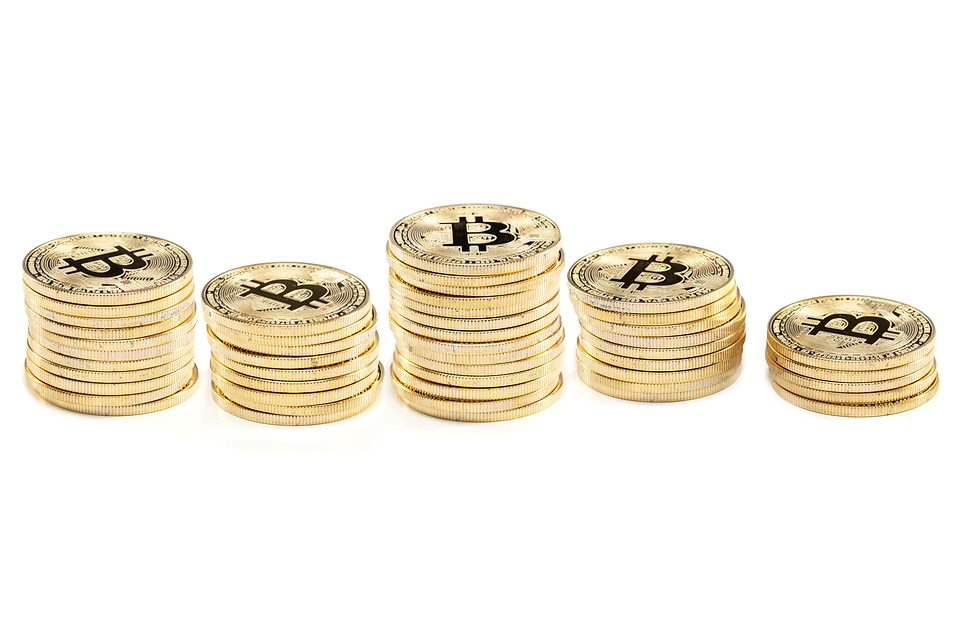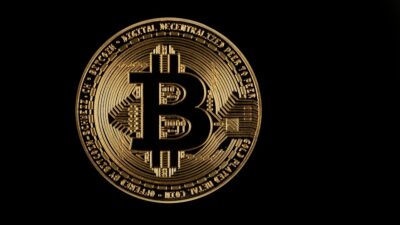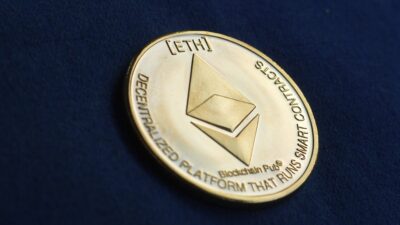In recent years, the internet has seen the rise of a new digital phenomenon that has captivated collectors, artists, and investors alike: Non-Fungible Tokens, or NFTs. As digital assets, NFTs are redefining ownership in the digital age, leading to discussions about their implications for art, entertainment, and beyond. But what exactly are NFTs, and what does the future hold for digital ownership?
What Are NFTs?
At their core, NFTs are unique digital assets verified using blockchain technology, most commonly on the Ethereum blockchain. Unlike cryptocurrencies like Bitcoin or Ethereum, which are fungible and can be exchanged for one another, NFTs are one-of-a-kind; each token carries distinct information that distinguishes it from others. This unique identification makes them highly suitable for digital art, music, videos, virtual real estate, and more.
When someone purchases an NFT, they essentially acquire a digital certificate of authenticity. This certificate confirms ownership and provides a transparent ledger that tracks the asset’s history, from creation to current ownership. As a result, collectors can ensure that their digital assets are genuine and not mere copies.
Use Cases of NFTs
1. Digital Art
One of the most well-known applications of NFTs is in the realm of digital art. Artists can tokenize their work, allowing them to sell it directly to collectors without intermediaries. This has opened up new revenue streams for creators and has made art more accessible to a global audience.
2. Music and Entertainment
Musicians and filmmakers are increasingly using NFTs to sell their work. For instance, musicians can release exclusive tracks or concert tickets as NFTs, creating a more direct relationship with fans. These tokens can also include royalty agreements, ensuring that artists continue to benefit from their creations long after the initial sale.
3. Gaming and Virtual Worlds
In the gaming industry, NFTs can represent in-game assets, such as skins, weapons, or virtual land. Players can buy, sell, or trade these NFTs, creating a virtual economy that mirrors the real world. This also enables gamers to truly own their virtual items rather than having them confined within a game’s ecosystem.
4. Collectibles and Memes
NFTs have also embraced the collectible market, enabling fans to own unique digital memorabilia. From tweets to viral memes, these digital collectibles have seen enormous interest, often selling for staggering amounts.
The Benefits of NFTs
Ownership and Authenticity
NFTs provide undeniable proof of ownership and authenticity, which is crucial in a digital world where copying and pasting content is simple. With blockchain verification, buyers can trust that their asset is not a mere reproduction.
Empowering Creators
NFTs can empower creators, enabling them to bypass traditional gatekeepers in the art and entertainment industries. By selling directly to consumers, creators can retain a higher percentage of the profits.
New Revenue Streams
The structure of NFTs allows for innovative business models. For instance, artists can include smart contracts in their NFTs, ensuring they receive a percentage of future sales. This potential for ongoing earnings is a substantial shift in how artists monetize their work.
Challenges and Controversies
Despite their potential, NFTs face several challenges:
Environmental Concerns
The energy consumption associated with blockchain transactions has raised eyebrows among environmental advocates. The proof-of-work mechanism used by Ethereum requires significant computational power, leading to concerns about its carbon footprint.
Speculation and Market Volatility
The NFT market is known for its volatility, with prices sometimes inflating to unsustainable levels. This can create a speculative bubble, where investors buy for potential profit rather than genuine appreciation of the art or asset.
Copyright and Ownership Issues
In many cases, buying an NFT does not grant the buyer copyright to the underlying piece of content. This can lead to confusion and disputes over what ownership entails.
The Future of NFTs and Digital Ownership
As the NFT landscape evolves, it’s clear that their impact is just beginning to unfold. Companies are exploring ways to integrate NFTs into loyalty programs, event ticketing, and even real estate transactions. We’re likely to see advancements that mitigate environmental concerns and clarify ownership rights to foster a more sustainable and equitable ecosystem.
As digital natives continue to shape online culture, NFTs could become integral to how we understand ownership and value in the digital space. With their potential and challenges in mind, it is essential for participants in the NFT space to navigate thoughtfully as the future of digital ownership unfolds.
In conclusion, NFTs represent more than just a trend; they signify a shift towards a more decentralized and democratized approach to ownership in the digital realm. As technology continues to advance, the possibilities for NFTs are boundless, shaping the future of art, collectibles, and beyond.



